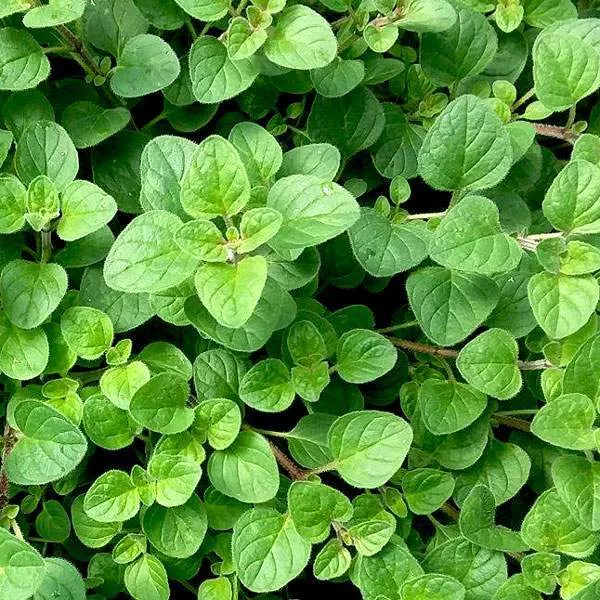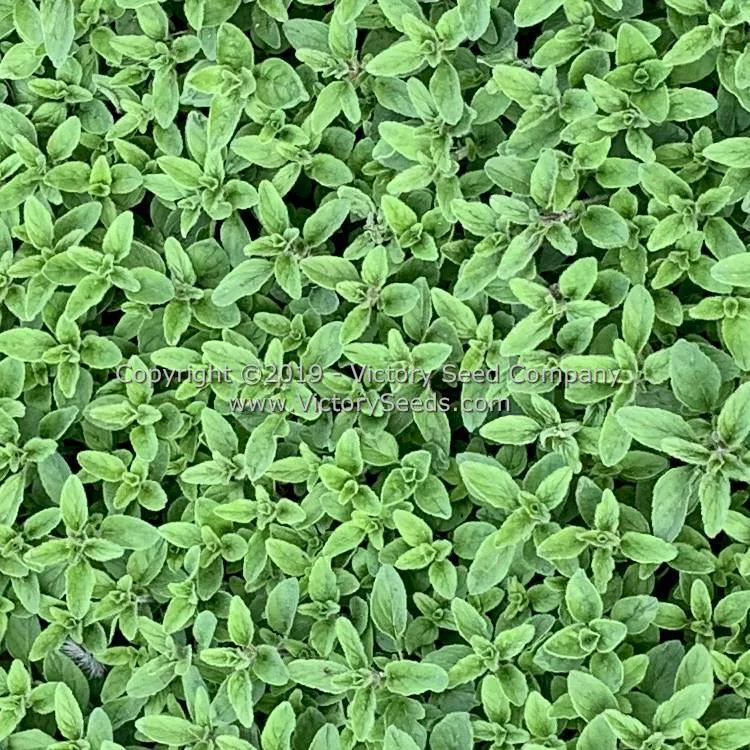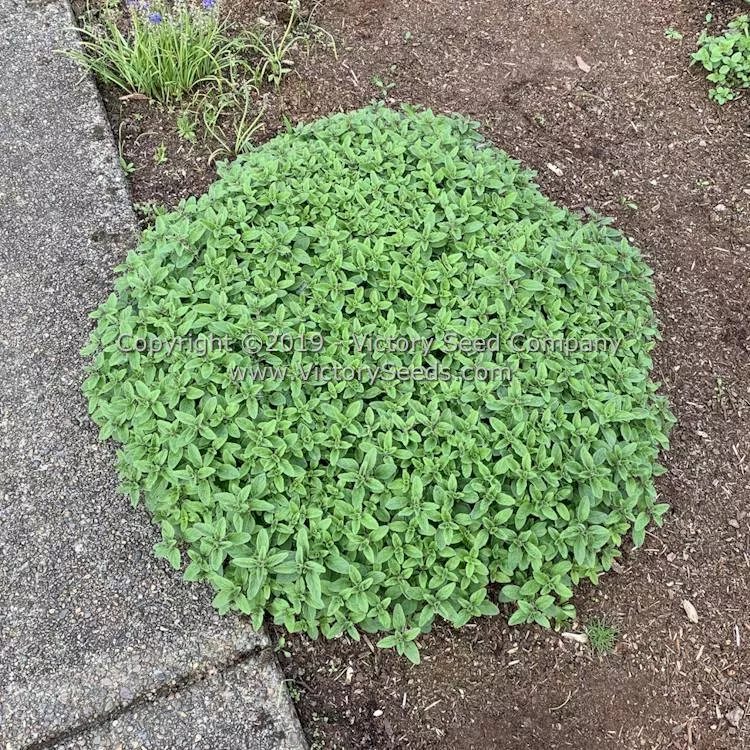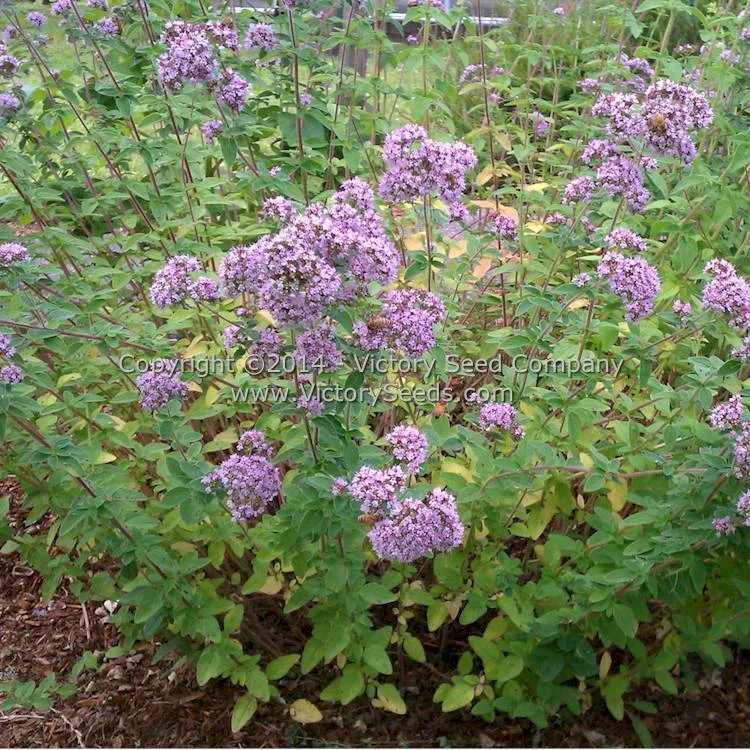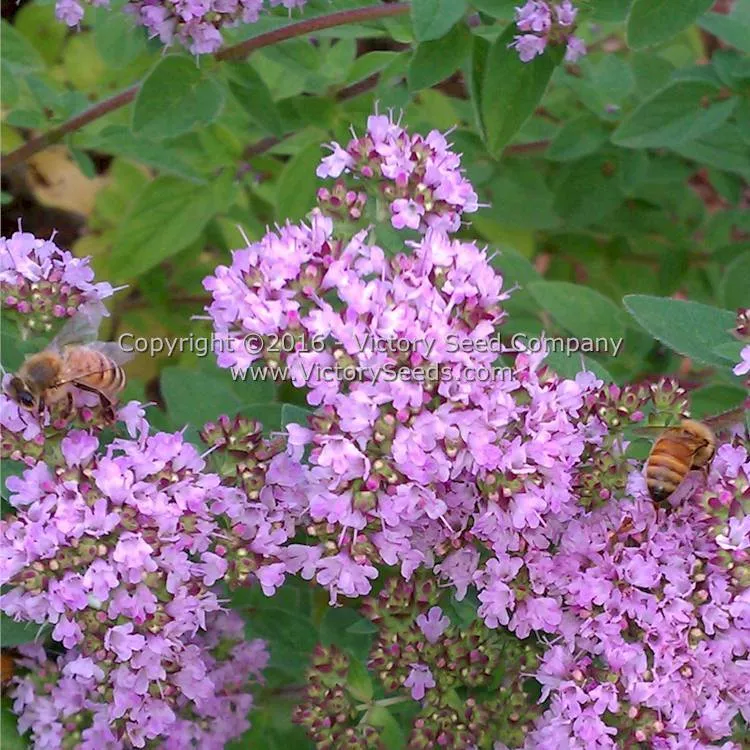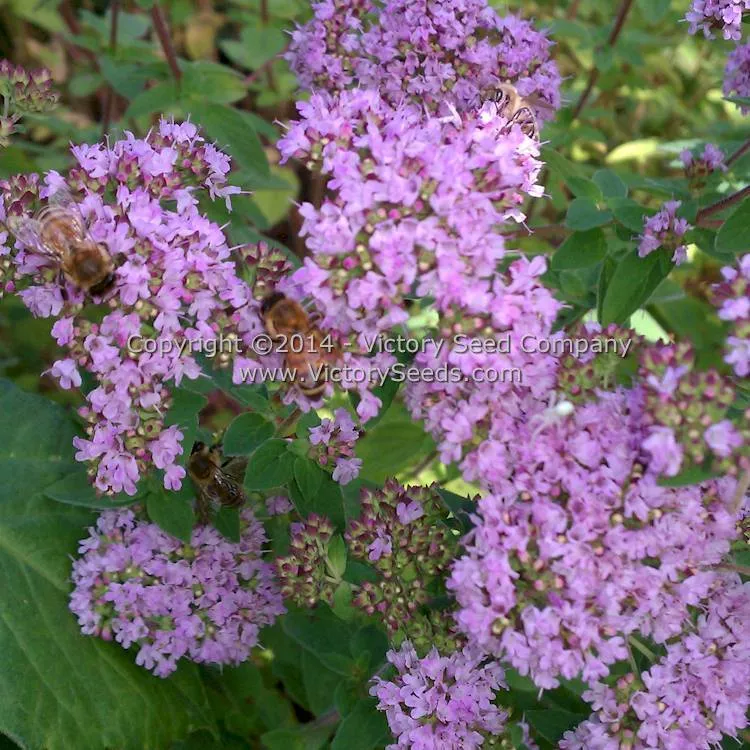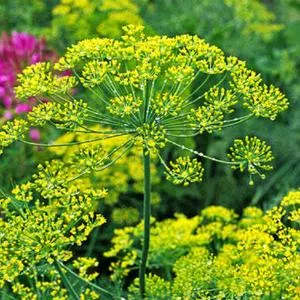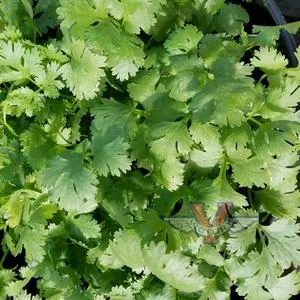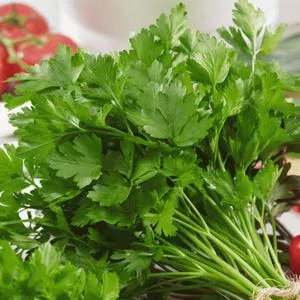





Oregano - Common Italian
Price: $3.25
SKU: 4000231Native to the warmer areas of the Mediterranean and western to southwestern Eurasian regions, Oregano is a tender perennial herb and generally thrives down to about USDA zone 5. In colder climates, it can be grown in pots or outside as an annual.
| The Victory Seed Company does not advocate medical self-diagnosis or self-medication. Reference to the medicinal properties of plants are described here for educational and historical purposes only and are not to be construed as a prescription, prognosis or diagnosis for any disease or illness. As with any remedies or medicines, you should consult your personal health care provider before using. |
As with its close cousin, 'Sweet Marjoram', an infusion is made using two to three teaspoons of fresh Oregano, per cup of boiling water, and used for stomach ailments, providing relief from abdominal cramps in women, headaches, and respiratory issues. Bruised leaves, added to a sleep pillow, were said to help resolve insomnia.
Modern science has identified several important compounds contained in Oregano. One, called Carvacrol, provides Oregano its disinfectant or antimicrobial properties. According to Kelly Bright, who led a research project at the University of Arizona, "Carvacrol could potentially be used as a food sanitizer and possibly as a surface sanitizer, particularly in conjunction with other antimicrobials. We have some work to do to assess its potential but carvacrol has a unique way of attacking the virus, which makes it an interesting prospect."[2,3]
Oregano is a standard kitchen herb used for Italian and Mexican dishes. Its dried leaves add a warm, spicy flavor to recipes. The plant is a perennial, has pink flowers, and spreads via under-ground runners.
In early spring, sow seeds indoors, 1/8 inch deep in sterile soil. Be sure that you keep the temperature above 70ºF and provide 14 to 16 hours of light.
After danger of frost has passed, and after the plants are hardened off and about three inches tall, plant outdoors in well-drained soil. Oregano prefers to be kept slightly dry and in full sun.
Harvest in summer or early fall before the plants are in full bloom by cutting the stems, flower heads and all, and drying in a cool place with good air movement.
- "A Modern Herbal," Mrs. M. Grieve, 1931, p. 520-521.
- "Antiviral efficacy and mechanisms of action of oregano essential oil and its primary component carvacrol against murine norovirus," Gilling, D.H., Kitajima, M., Torrey, J.R. and Bright, K.R., Journal of Applied Microbiology. doi: 10.1111/jam.12453, February, 2014.
- "Antimicrobial Activity of Basil, Oregano, and Thyme Essential Oils," by Hercules Sakkas and Chrissanthy Papadopoulou, Microbiology Department, Faculty of Medicine, School of Health Sciences, University of Ioannina, Ioannina, Greece, Journal of Microbiology and Biotechnology, 2017, Vol.27-3, pages 429-443. [PDF]
Customer Reviews:
By rosemary kelley on January 3, 2014
I started the seeds inside and had a great germination rate. I then planted them in my herb garden and other gardens. Mainly for insect attraction. I was pleasantly surprised as to what a pretty plant this is. I had a huge supply of oregano all season and dried a lot for cooking and dried flower arrangements. Will be growing more this year.

